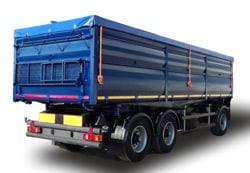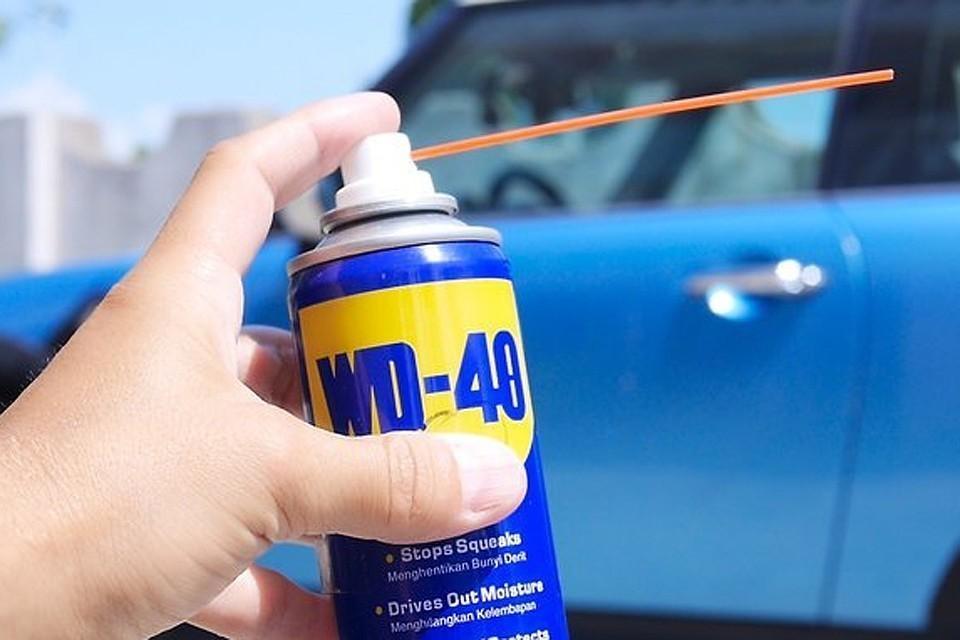
We are trying to uncover the secret of the composition of WD-40
Manufacturer
WD-40 was invented by American chemist Norman Larsen. In the middle of the XNUMXth century, the scientist worked at the Rocket Chemical Company and tried to create a substance that could successfully fight moisture in Atlas rockets. Moisture condensing on metal surfaces was one of the problems with these rockets. It was a source of corrosion of the skin, which affected the reduction of the preservation period of storage. And in 1953, through the efforts of Norman Larsen, WD-40 fluid appeared.
For the purposes of rocket science, as experiments have shown, it did not work very well. Although it was still used for some time as the main corrosion inhibitor for missile skins.
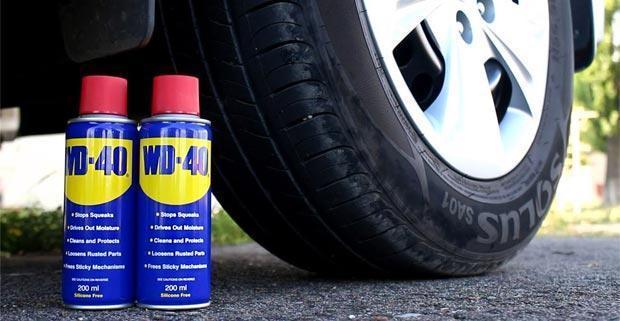

Larsen tried to transfer his invention from the rocket, highly specialized industry, to household and general technical. It soon became clear that the composition of VD-40 has a complex of useful properties in everyday life. The liquid has excellent penetrating ability, quickly liquefies the surface layers of corrosion, lubricates well and prevents the formation of frost.
On the shelves of San Diego stores, where Norman Larsen's laboratory was located, the liquid first appeared in 1958. And in 1969, the current president of the company changed the name of the Rocket Chemical Company, which he heads, to a more concise and true: WD-40.
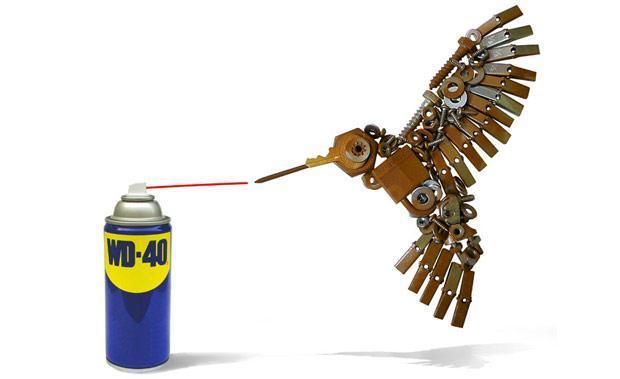

Composition of WD-40 liquid
The invention of Norman Larsen is not, in fact, something breakthrough in the field of chemistry. The scientist did not come up with any new or revolutionary materials. He only competently approached the procedure for selecting and mixing substances already known at that time in a proportion that was optimal for the tasks assigned to the created substance.
The composition of WD-40 is almost completely disclosed in the safety data sheet, since this is a mandatory document in the USA, where the liquid was created. However, the highlight of WD-40 is still a trade secret.
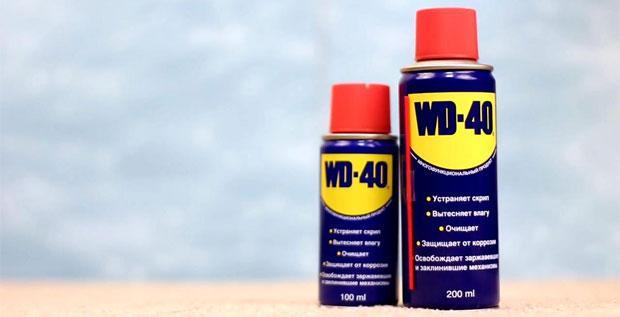

Today it is known that the lubricating-penetrating composition VD-40 includes the following components:
- white spirit (or nefras) - is the base of WD-40 and makes up about half of the total volume;
- carbon dioxide is a standard propellant for aerosol formulations, its share is about 25% of the total volume;
- neutral mineral oil - makes up about 15% of the volume of the liquid and serves as a lubricant and carrier for other components;
- inert ingredients - the very secret components that give the liquid pronounced penetrating, protective and lubricating properties.
Some manufacturers have tried and are trying to pick up these "secret ingredients" in the right proportions. However, to date, no one has been able to exactly repeat the composition invented by Larsen.


Analogues
There are no analogues for WD-40 liquid. There are mixtures that are very similar in composition and performance characteristics. Let's briefly consider the most famous similarities of VD-40 in the Russian Federation.
- AGAT SilverLine Master Key. One of the most effective penetrating fluids on the market. The price for an aerosol can with a volume of 520 ml is about 250 rubles. Declares itself as an analogue of VD-40. In fact, this is a composition similar in action, but not a complete analogue. Efficiency, according to motorists, is somewhat lower than that of the original. On the plus side, it smells good.
- Liquid key from ASTROhim. For a 335 ml aerosol can, you will have to pay about 130 rubles. Judging by the reviews of motorists, not the most effective remedy. It has a pronounced smell of diesel fuel. It has good penetrating power. Suitable for facilitating work with rusted threads or joints of metal parts. In terms of lubrication or corrosion protection, it is inferior to WD-40 fluid.
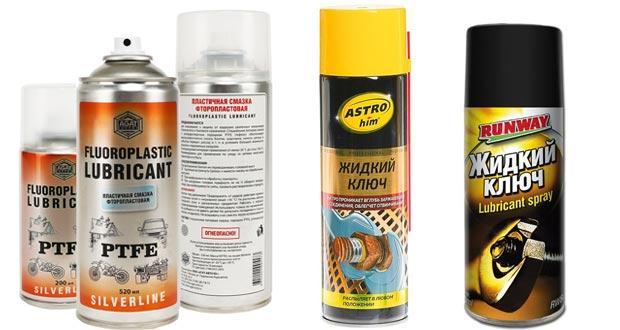

- Penetrating lubricant DG-40 from 3Ton. Perhaps the cheapest option. For a bottle with a sprayer with a volume of 335 rubles, you will have to pay about 100 rubles. At the same time, the work efficiency is corresponding. Suitable only for facilitating work with slight corrosion in the interfaces of parts and threads. How does the lubricant work poorly. Has an unpleasant smell.
- Liquid Key AutoProfi. Inexpensive and fairly effective lubricant. Copes with its tasks not much worse than the original VD-40. At the same time, an average of 400 rubles is asked for on the market for a 160 ml bottle, which, in terms of volume, is almost three times cheaper than VDshka.
- Liquid wrench Sintec. An aerosol bottle with a volume of 210 ml of a Sintec liquid key costs around 120 rubles. The composition smells like kerosene. Works poorly. Suitable for cleaning oily deposits or soot. Lubricity and penetration are generally weak.


No manufacturer has been able to achieve a 100% match with the original VD-40.
DIY WD-40
There are many recipes for preparing a liquid with properties similar to WD-40 at home. Let us consider in detail only one recipe, which, in the opinion of the author, will give the output composition most similar to the original, and at the same time will be available for self-production among the masses.
The recipe is simple.
- 10% of any medium viscosity oil. The simplest mineral water with a viscosity of 10W-40 or a flushing oil not burdened with additives is best suited.
- 40% low-octane gasoline "Kalosha".
- 50% white spirit.
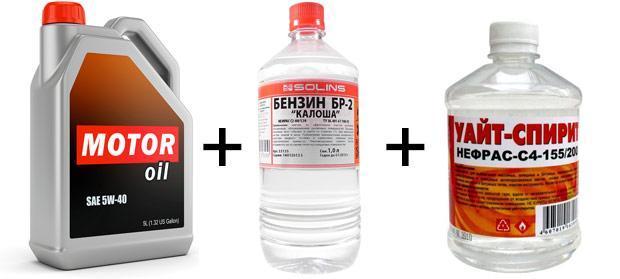

Just mix the components in any order. No mutual chemical reactions will occur during cooking. The output will be a fairly effective lubricating composition with a good penetrating effect. The only drawback is the need for contact application on the required surface. Although this problem is easily solved by purchasing a bottle with a mechanical spray.
Variants of parodies of WD-40 are known using diesel fuel, gasoline, kerosene and common household solvent. Moreover, the proportions and exact composition are not regulated by anything other than the desire of the manufacturer. And the resulting liquids in this case will have unpredictable characteristics, often with a sharp preponderance towards any one property.


Watch this video on YouTube
